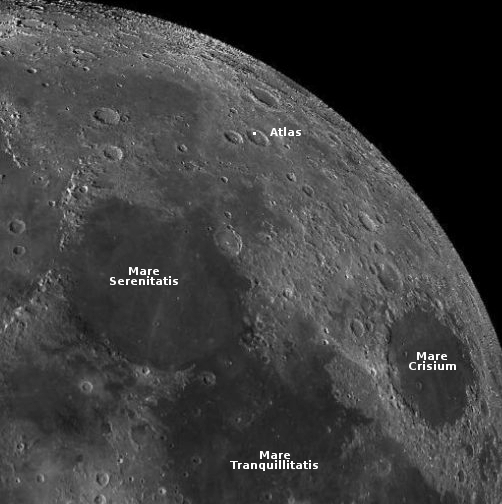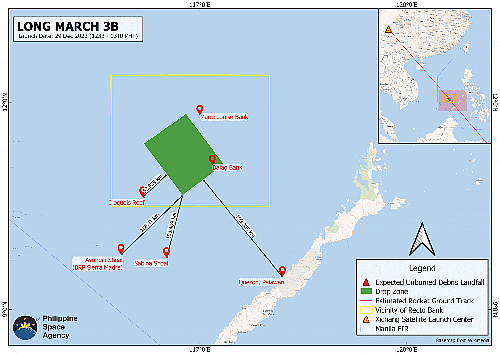SpaceX raises another $750 million in private investment capital
SpaceX has just completed another round of fund-raising, gaining another $750 million in private investment capital.
This additional money now means that SpaceX has raised about $10 billion in private money, most of which is being used for the development of Starship and Superheavy. When we add the $4 billion SpaceX will get from NASA for Starship, the company now has $14 billion to build this new rocket.
SpaceX has just completed another round of fund-raising, gaining another $750 million in private investment capital.
This additional money now means that SpaceX has raised about $10 billion in private money, most of which is being used for the development of Starship and Superheavy. When we add the $4 billion SpaceX will get from NASA for Starship, the company now has $14 billion to build this new rocket.














